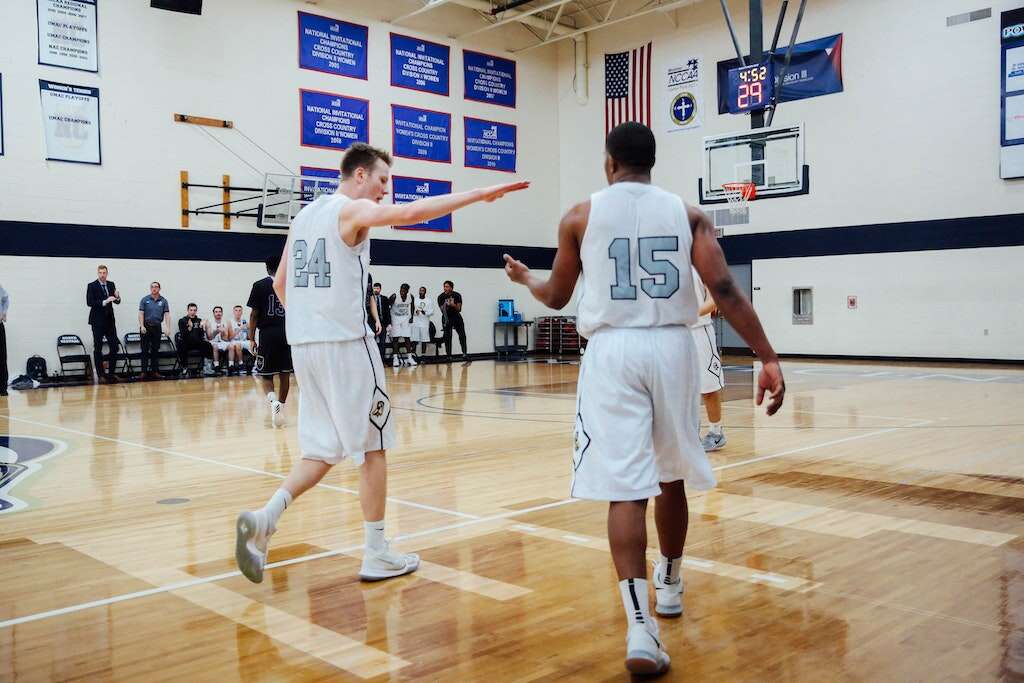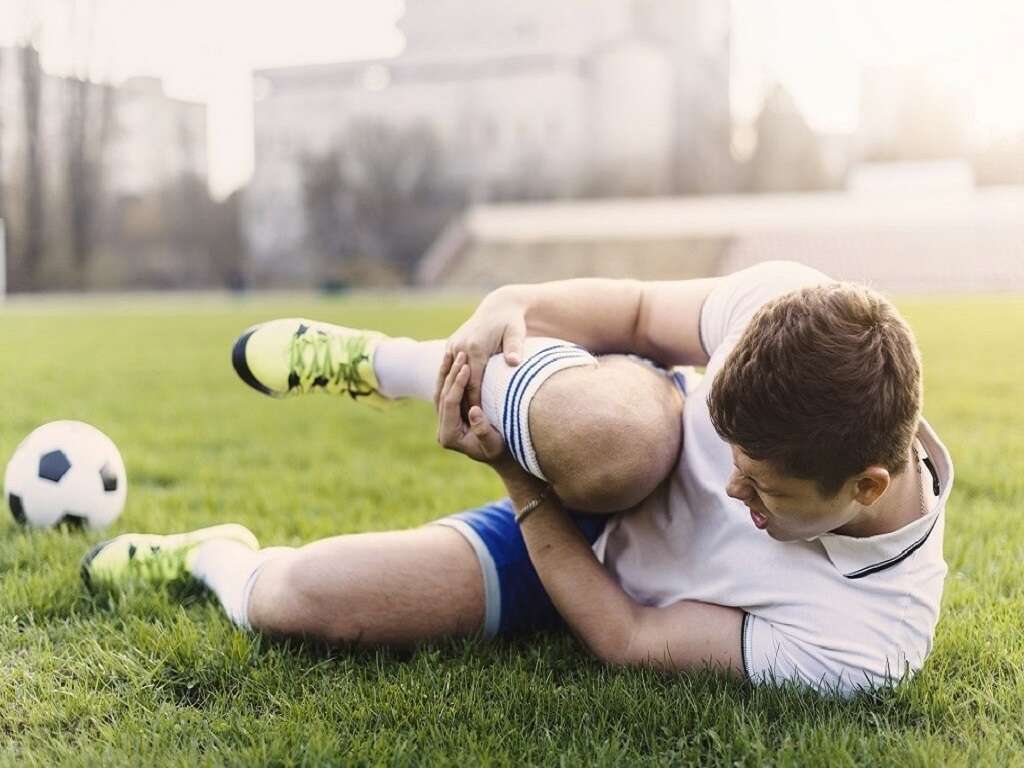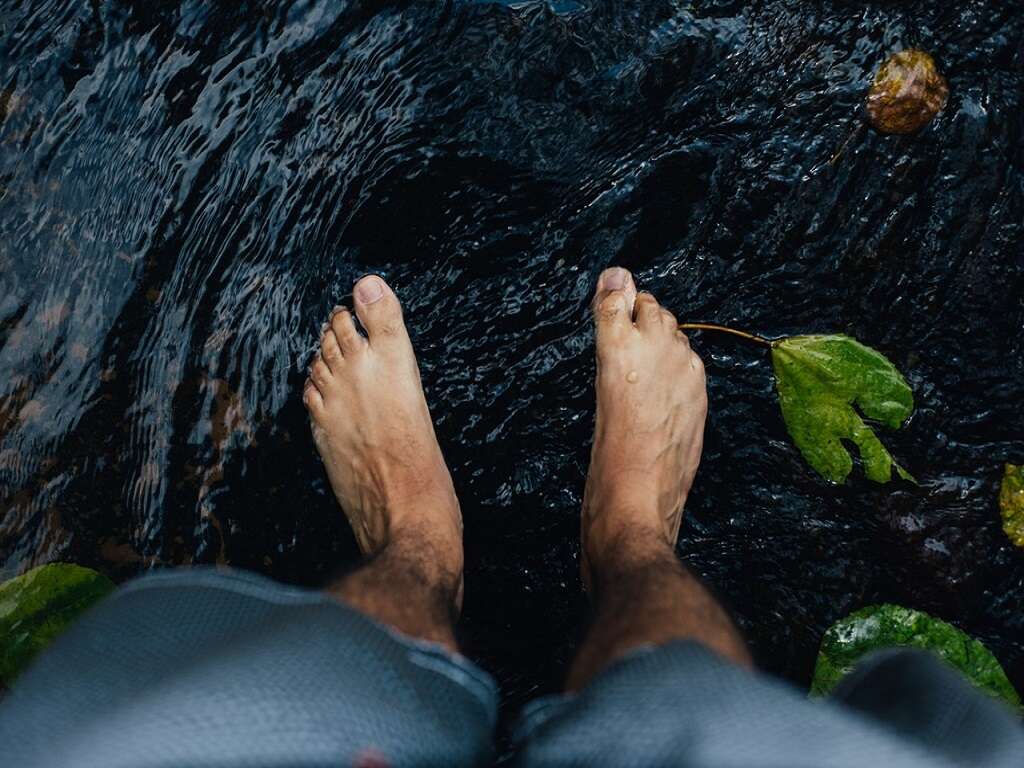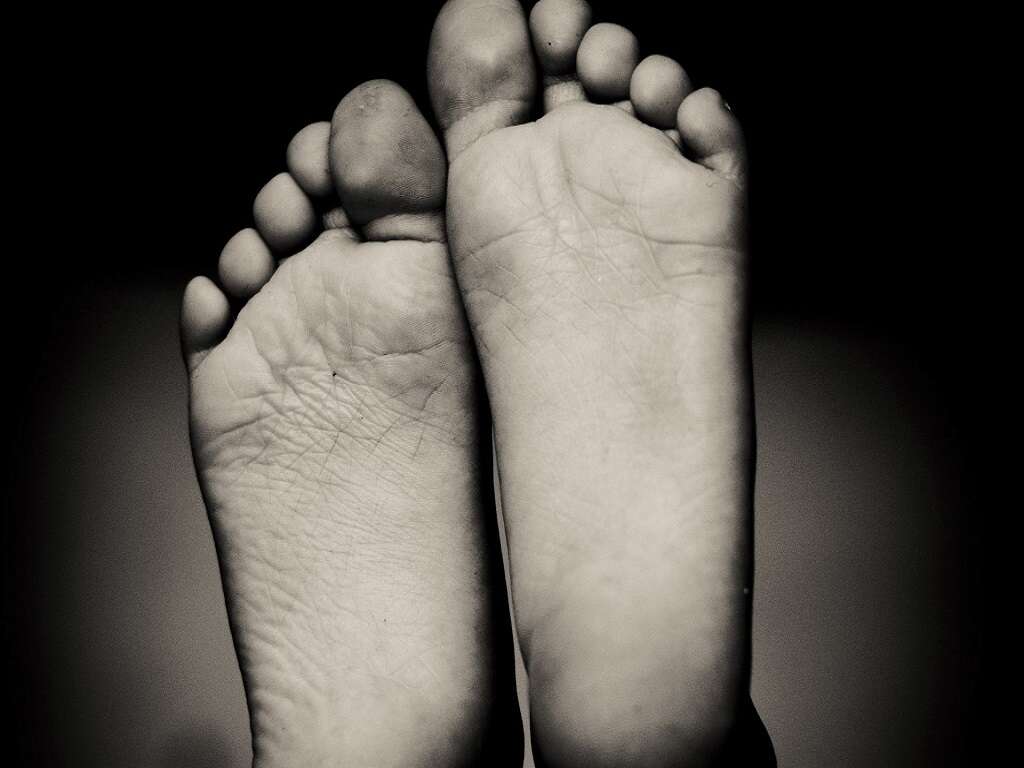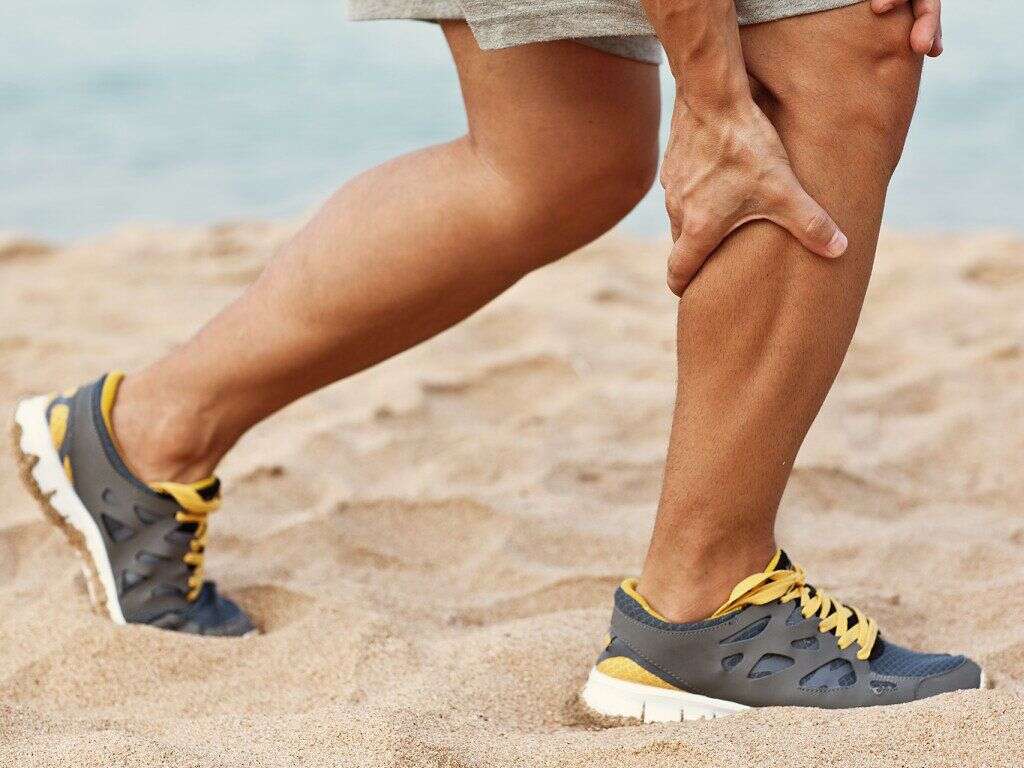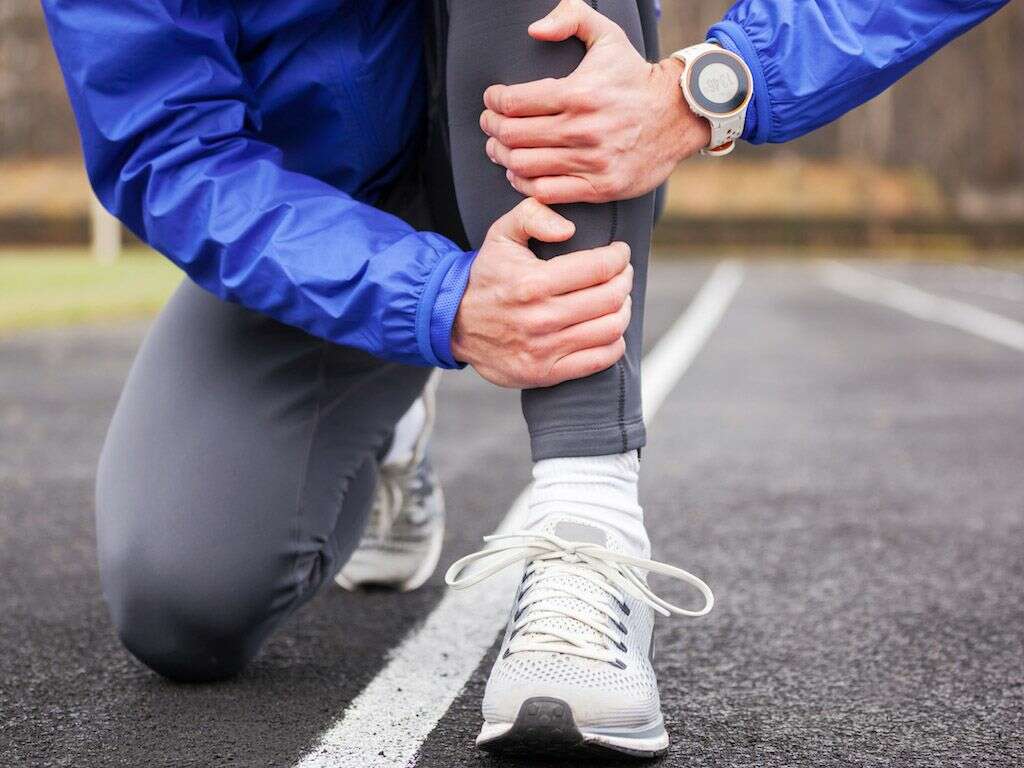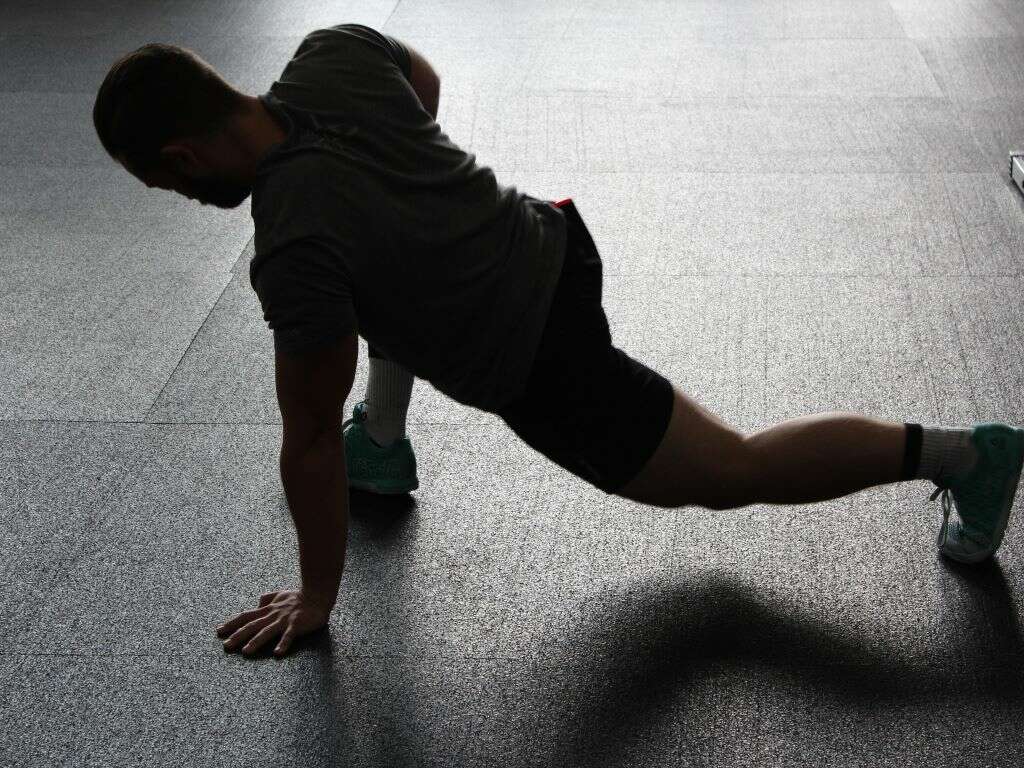Shin Splints Causes And Symptoms
 Article Sources
Article Sources
- 1. McClure, Charles J. 'Medial Tibial Stress Syndrome.', U.S. National Library of Medicine, 10 Aug. 2020, www.ncbi.nlm.nih.gov/books/NBK538479/.
- 2. 'Shin Splints - OrthoInfo - AAOS.' _OrthoInfo_, orthoinfo.aaos.org/en/diseases--conditions/shin-splints.
- 3. A;, Nilsson J;Thorstensson. 'Ground Reaction Forces at Different Speeds of Human Walking and Running.' _Acta Physiologica Scandinavica_, U.S. National Library of Medicine, pubmed.ncbi.nlm.nih.gov/2782094/.
- 4. 'Are Feet at Fault for Back, Hip, and Knee Woes?'_Are Feet at Fault for Back, Hip, and Knee Woes? - Health Encyclopedia - University of Rochester Medical Center_, www.urmc.rochester.edu/encyclopedia/content.aspx?ContentTypeID=1&ContentID=1158.
5. Risk Factors: Running Surfaces
The type of ground exercised on has a big effect on shin splints. Running downhill can also make the pain worse. This is due to the extra work the leg muscles have to do resisting gravity. Hard surfaces like concrete or indoor courts create much more stress, even if supportive shoes are worn.
It’s recommended to stick to flat, soft surfaces like grass and gravel if shin pain appears. This allows the legs to safely adapt to the new stress.
Advertisement
